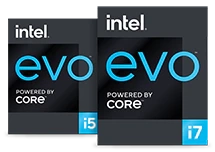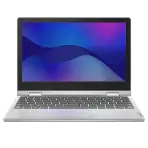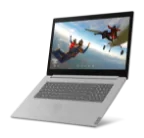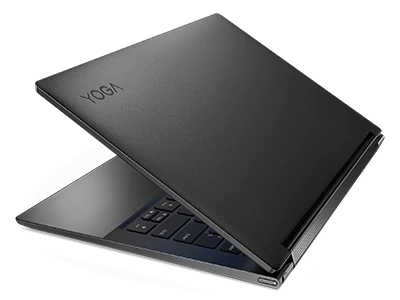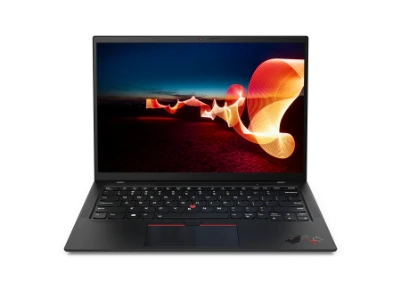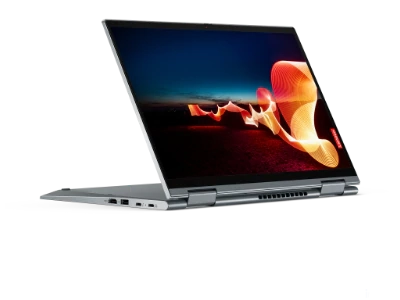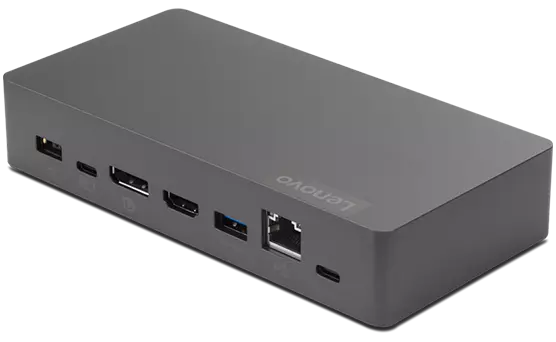Choosing the Best Laptop for AutoCAD
One of the most significant changes occurring in the architectural and engineering fields over the past 50 years was undoubtedly the introduction of the computer-aided drafting program AutoCAD. Originally released in 1982 as a desktop application, AutoCAD quickly became the pre-eminent program for CAD and along with architects and engineers, is used by project managers, graphic designers, city planners, and a host of other professionals.
Before the introduction of AutoCAD, most commercial CAD programs ran on mainframe computers, with users accessing the program via a dedicated graphics terminal. Today, AutoCAD is available in a version that runs on a laptop computer.
Still, there are a few requirements a laptop computer needs to have to run AutoCAD effectively. Let’s take a look at some of those to determine the best laptop for AutoCAD.
Hardware Requirements for AutoCAD
-ProcessorWhen it comes to computer processors, or CPUs, two key specifications define their capability. Clock speed refers to the number of calculations the processor can run per second, while the number of cores indicates how many physical cores there are in the processor. The number of cores is a measure of how many operations the processor can run at the same time.
Whether it’s better to have a higher clock speed or multiple cores depends on the type of software you’ll be running. AutoCAD is predominantly a single-core application, meaning it would be better for the processor to have a higher clock speed as opposed to multiple cores. According to AutoDesk, the maker of AutoCAD, the program supports multi-core technology only when it comes to 2D regeneration. Outside of that task, there is no performance advantage to be gained from multiple cores.
For basic tasks, the minimum processor speed AutoDesk says it takes to run AutoCAD is 2.5–2.9 GHz. A processor with a clock speed of 3+ GHz is recommended.
-RAMDespite the complexity of AutoCAD, the program isn’t a memory hog. In fact, AutoDesk says the program will run basic tasks on a computer with just 8 GB of RAM, although the company recommends 16 GB.
Given the degree to which memory prices have fallen in recent years, when considering a laptop for AutoCAD it’s advisable to go with as much as you can afford. The additional memory will be especially helpful if you’re working with very large files or need to have several applications open at once. If the files you’re working with require more RAM than what’s installed on your computer it will tap into virtual memory, or hard disk space that emulates RAM. Although that will get the job done, having to use virtual memory on a regular basis will significantly slow down your computer
-Hard DrivesWhen it comes to hard drives, or storage, there are two options: Hard disk drives (HDD) and solid-state drives (SSD). HDDs store data on the magnetic surface of a rotating metal platter and are generally found on older laptops and desktops. Although they can certainly do the job, they’re slower, noisier, and more susceptible to damage from being bumped or dropped than SSD drives.
SSDs contain no moving parts, and as such, they’re faster, more reliable, and less susceptible to damage than their HDD counterparts. Most newer laptops come with SSD as standard.
In terms of storage, it takes 7 GB of space to install AutoCAD. You’ll need at least an additional 128 GB for smaller projects and as much as 512 GB for larger ones. When considering a laptop for AutoCAD, it’s again advisable to go with as much storage space as you can afford. And while SSD storage is slightly more expensive than a comparably sized HDD, the additional cost is more than justified by the drive’s speed and reliability.
-GPUsGPUs, or graphics processing units, typically come in two styles: Integrated GPUs built into the motherboard, and dedicated GPUs that are separate cards.
If you’re searching for the best laptop for AutoCAD, cross those with integrated GPUs off the list. Still, despite the perception that AutoCAD is heavily dependent on GPU power, that’s not always the case. Graphics cards handle the displaying of 2D and 3D models on the screen, with only 3D models requiring anything more than a basic GPU. Most other tasks are instead handled by the CPU.
Although Autodesk doesn’t guarantee the use of any particular graphics card for AutoCAD, the company recommends a minimum 1 GB GPU with 29 GB/s bandwidth and DirectX 11 compliance for basic tasks. For more advanced tasks, they recommend a 4 GB GPU with 106 GB/s Bandwidth and DirectX 11 compliance.
The bottom line: only invest in an expensive, high-end graphics card if you’re dealing with large and extreme models, or you plan to use your laptop for gaming on the side. If that’s not you, look for a graphics card that has at least 4 GB of video RAM.
-MonitorsWhen considering screen size, it’s again a situation where getting the biggest you can afford is good advice. A small display may be less expensive but is likely to be hard on your eyes.
When it comes to resolution, AutoDesk recommends 1920 x 1080 with True Color for conventional displays. For high resolution and 4K displays, AutoCAD supports resolutions up to 3840 x 2160 on Windows 10, 64-bit systems with a capable display card. Be aware that AutoCAD versions from 2016 and older don’t support 4K displays.
Best Lenovo Laptops for AutoCAD
When it comes to laptops that can run AutoCAD flawlessly, Lenovo offers several options.
Lenovo’s ThinkPad P Series Mobile Workstations, for example, feature processors ranging from the AMD Ryzen™ Threadripper PRO to the latest generation of Intel® Xeon® CPUs. Memory options range from 8 GB DDR4 2933MHz RAM to a staggering 128 GB DDR4 2933MHz RAM. Available storage options range from a 256 GB SSD to a 1 TB SSD, while graphics capabilities run the gamut from a NVIDIA® Quadro® T1000 4GB card to a NVIDIA® Quadro® RTX™ 5000 with Max-Q 16GB. Displays range from 15.6-inch FHD (1920 x 1080) anti-glare screen to a 15.6-inch UHD (3840 x 2160) OLED, anti-reflective, anti-smudge, touchscreen with Dolby Vision™.
If affordability is a prime concern, there’s Lenovo’s IdeaPad Gaming machines. These affordable powerhouses incorporate NVIDIA® GeForce® GTX graphics, AMD Ryzen™ 4000 H-Series processors, 8 GB DDR4 memory, and both HDD and SSD storage options. A 15.6" FHD display with up to 120Hz refresh rate keeps visuals crisp. And as their name implies, these are perfect for gaming as well.
For a combination of minimalism and power, consider Lenovo’s Legion 5 Series laptops. The powerhouses are available with displays as large as 17.3 inches and NVIDIA® GeForce graphics. The Legion 5 series is driven by either 10th Gen Intel® Core™ i7 or AMD Ryzen™ 4000 Series processors, with as much as 16 GB DDR4 RAM and 1 TB of HDD storage.
If you’re looking for sheer power in a stylish package, there’s Lenovo’s Legion 7 Series laptop line, featuring FHD displays as large as 15.6 inches and ultra-thin bezels. The Legion 7 Series line offers powerful 10th Gen Intel® Core™ HK-Series processors and up to NVIDIA® GeForce RTX™ 2060 Max Q graphics. Options include 16 GB DDR4 RAM and a 1 TB PCIe SSD for abundant storage.
Each of these lines includes a variety of hardware options, enabling you to pick the best AutoCAD laptop for your needs at a price that won’t break the bank.
Need more info? Contact the experts at Lenovo for help with your choice.
Models
We are sorry, part number {partNumber} is unavailable. Please choose from one of these great products below.
0 Matching results
The Lenovo Advantage
There are so many ways you can save a bundle at Lenovo with regular deals on new laptops, desktops, tablets and electronic devices. Plus, take advantage of our price match guarantee and financing options, or additional savings with exclusive Lenovo coupons.
If you’re a small business owner, you can take advantage of additional business benefits and savings by signing up for a free Lenovo Pro membership.
If you’re a student, teacher, healthcare worker, military member or senior, verify safely through ID.me to validate your eligibility for additional discounts when you buy.
Don’t forget to sign up to My Lenovo Rewards and Smart Family before you buy to earn rewards that can be applied to future purchases.
And at Lenovo, we also have a special trade-in program for users of outdated laptops, computers and other electronics looking to trade up into a modern device.
And for businesses, students and gamers, join one our free Lenovo online communities for SMB, education or gaming. Get connected with your peers, stay engaged, learn and share.
Don’t miss all these opportunities to save plus free shipping on all products.
